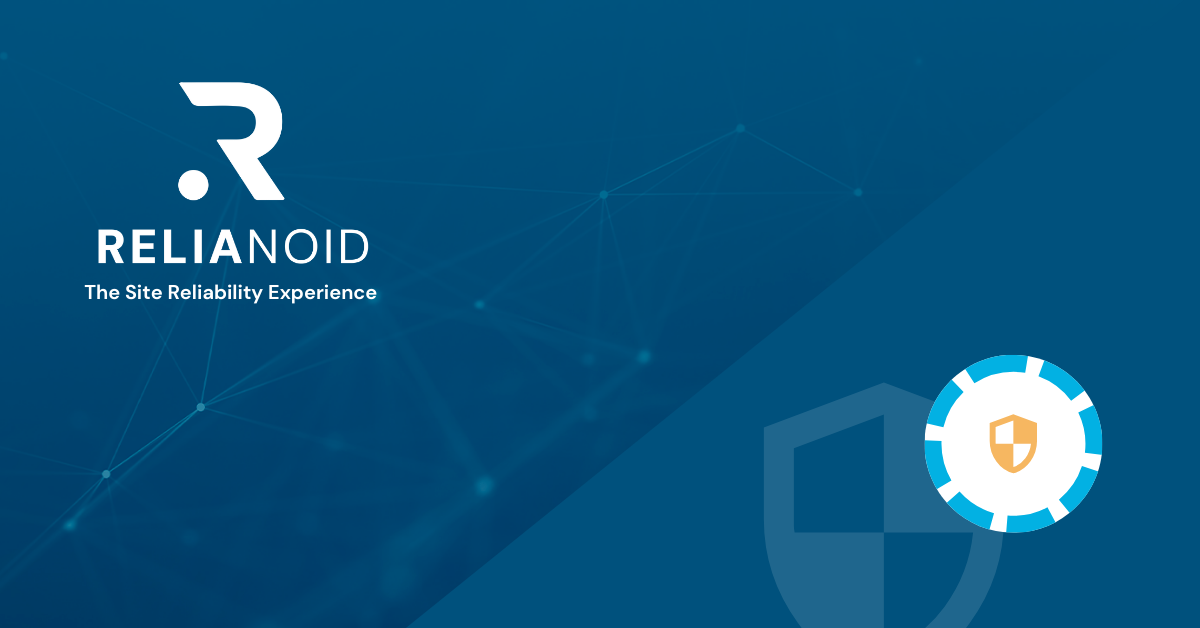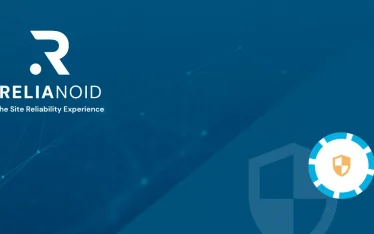
Introduction
The journey toward achieving and sustaining PCI DSS Compliance presents a formidable challenge for organizations of all sizes. Whether it’s a large-scale corporation, a mid-sized enterprise, or a small business, the scope of PCI DSS can be daunting, given its comprehensive array of security requisites. Attaining compliance hinges on a solid grasp of the payment security framework and the meticulous implementation of security control requirements.
Entities handling payment card data are mandated to align with the PCI DSS’s 12 requirements, a fundamental step in ensuring compliance and safeguarding the payment ecosystem. These requirements serve as a roadmap, guiding organizations in fortifying their network and infrastructure against cyber threats and potential data breaches. To provide further insights into these requirements, we have compiled a set of valuable tips to help prepare for a PCI DSS Compliance Audit.
Understanding PCI DSS Compliance Requirements
PCI DSS Compliance stands as a crucial security standard and framework enforced by the PCI Security Standards Council, with its core focus on safeguarding cardholder data. This comprehensive standard comprises 12 Requirements meticulously outlined by the council, emphasizing both technical and operational measures to secure sensitive payment cardholder data. Organizations are obligated to implement these security measures to attain and sustain PCI DSS Compliance. Here, we provide a succinct overview of these 12 requirements, offering a clearer understanding of how to prepare for PCI DSS Compliance:
PCI DSS Requirement 1: Install & Maintain a Firewall Configuration to Protect Cardholder data
Merchants and service providers must maintain a secure network through appropriate firewall and router configurations to safeguard the card data environment and deter cyber threats.
PCI DSS Requirement 2: Do Not Use-Vendor Supplied Defaults for System Passwords and Other Security Parameters
Organizations must strengthen their systems, networks, and devices by avoiding the use of default passwords and settings, along with documenting and adhering to system hardening procedures.
PCI DSS Requirement 3: Protect Stored Cardholder Data
Implementing suitable measures to protect stored cardholder data, primarily through encryption techniques, is mandatory to fortify data against breaches.
PCI DSS Requirement 4: Encrypt Transmission of Cardholder Data across Open or Public Network
Encryption of cardholder data during transit over public or open networks is a requirement, with supporting security policies, procedures, and processes.
PCI DSS Requirement 5: Use and Update Anti-virus Software or Program
Regular updates and installations of the latest anti-virus software on devices and applications are essential to guard against malware and cyber threats.
PCI DSS Requirement 6: Develop and Maintain Secure Systems and Application
Regularly review security implementations, install security patches, and mitigate risks to prevent potential vulnerabilities or hacks, ensuring security throughout development phases.
PCI DSS Requirement 7: Restrict Access to Cardholder Data by Business Need to Know
Strict access controls should limit access to cardholder data, driven by the principle of “need to know,” effectively preventing unauthorized data access.
PCI DSS Requirement 8: Identify & Authenticate Access to System Components
Monitoring and tracking of system and data access is crucial, necessitating unique IDs for authorized personnel, fostering accountability.
PCI DSS Requirement 9: Restrict Physical Access to Cardholder Data
Implementing physical access controls, monitoring logs, securing devices, and maintaining data backups are essential elements of physical security measures.
PCI DSS Requirement 10: Track and Monitor All Access to Network Resources and Cardholder Data
Real-time tracking and monitoring of access points, systems, and network components containing card data are mandatory for identifying and thwarting vulnerabilities and threats.
PCI DSS Requirement 11: Regularly Test Security Systems and Process
Conducting regular vulnerability assessments and penetration tests is vital to assess all system processes for vulnerabilities, maintaining continuous data security.
PCI DSS Requirement 12: Maintain a Policy that Addresses Information Security for All Personnel
Creating and upholding information security policies ensures clarity and enforcement across all personnel, with regular reviews to align the organization’s cybersecurity program with PCI DSS requirements.
With a grasp of these technical and operational requirements, organizations can better prepare for the PCI DSS Compliance Audit.
Steps to Prepare for PCI DSS Audit
Preparing for a PCI DSS Compliance audit can be an arduous undertaking, demanding meticulous assessment reviews and rigorous process implementation to ensure a successful audit outcome. Here are crucial steps to consider when preparing for a PCI DSS Audit to maximize your chances of success:
Avoid Assumptions; Stay Current with Compliance Requirements: Do not assume continuous compliance based on past audits; the evolving threat landscape may necessitate new measures. Stay vigilant regarding updates to PCI DSS compliance requirements, such as the upcoming PCI DSS 4.0 in Q1 2022. Ensure compliance with the latest data security standards, as audits determine your current compliance status.
Conduct a Compliance Gap Analysis: If undergoing PCI DSS assessment for the first time, determine your current compliance status. Identify key gaps and assess the investments needed to bridge these gaps. Regularly conduct gap analyses to pinpoint shortcomings, ensuring ongoing alignment with security standards and cybersecurity goals.
Address All PCI DSS Requirements: Thoroughly address all 12 requirements within the PCI DSS framework. Understand the implications of each requirement and implement the necessary security measures. Ensure full compliance with every applicable requirement, as any shortfall can result in audit failure and non-compliance.
Create Network and Data Flow Diagrams: Develop and maintain precise network diagrams to comprehend organization-wide network connectivity. Visualize the flow of card data across the network, identifying areas where card data is stored, processed, and transmitted. Use these diagrams to prioritize security measures across systems, applications, and access points dealing with card data.
Perform Risk Assessment: Conduct an annual risk assessment to identify critical assets exposed to threats and vulnerabilities. Classify risk exposure levels based on severity to prioritize security implementations. Use risk assessments to proactively secure systems, networks, and data against evolving cyber threats and maintain alignment with PCI DSS requirements.
Document Policies and Processes: Keep compliance policies, procedures, processes, and vendor contracts up-to-date. Maintain detailed records of all security measures, procedures, and processes enforcing compliance policies. Ensure that documentation evidences the organization’s commitment to implementing and maintaining PCI DSS Compliance.
Third-party Vendor Compliance: When outsourcing data processing to third-party vendors, verify their compliance with PCI DSS requirements. Ensure third-party vendors are aware of their responsibilities and adhere to PCI DSS standards when processing data. Monitor the activities of third-party vendors closely to prevent data breaches and maintain PCI DSS compliance.
Conduct Internal Assessments: Regularly perform internal assessments to identify process gaps and system weaknesses. Address identified gaps and strengthen your compliance program. These internal assessments prepare you for the final PCI DSS Compliance Audit, ensuring smoother proceedings and a higher likelihood of achieving compliance.
By following these steps, organizations can bolster their readiness for a PCI DSS Compliance audit and enhance their prospects of achieving compliance with the security standard.
Final Thought
PCI DSS Compliance is an essential requirement for merchants and service providers operating in the payment card industry. They must consistently validate their adherence to the payment security standard and framework. To achieve this, we highly advise organizations to explore the option of engaging a skilled and seasoned compliance consultant and auditor. This step ensures that their compliance initiatives align with PCI DSS mandates. Regular internal audits and assessments conducted by a qualified professional not only demonstrate an organization’s dedication to safeguarding cardholder data and its environment but also exemplify a proactive approach in fulfilling compliance obligations to safeguard sensitive information.




